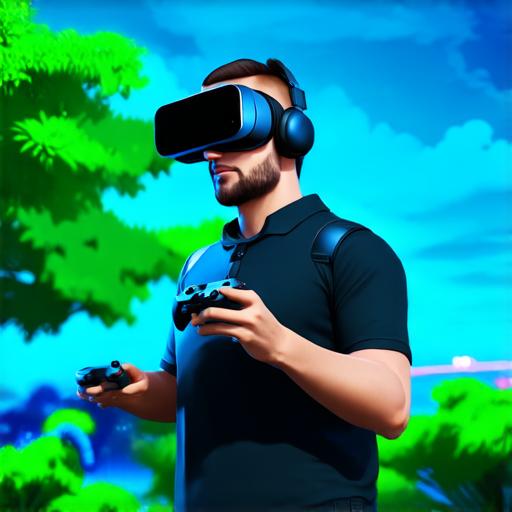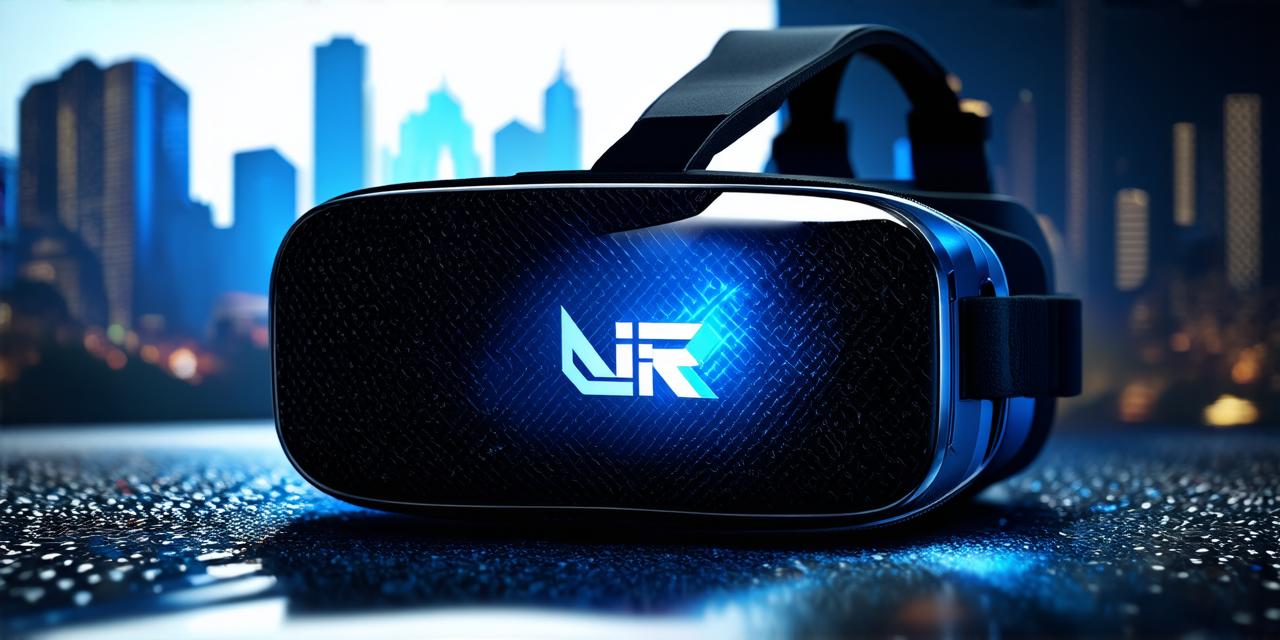Virtual Reality (VR) technology is revolutionizing the gaming industry, providing players with immersive and interactive experiences that blur the line between reality and fiction.
In this article, we will explore the basics of creating VR games with Unreal Engine, from setting up your development environment to designing and implementing your game mechanics. We will also discuss best practices for optimizing your game’s performance and ensuring a seamless player experience.
Getting Started with Unreal Engine
Before diving into the specifics of creating VR games with Unreal Engine, it’s important to familiarize yourself with the basics of the engine itself. Unreal Engine is a powerful 3D creation tool that offers a wide range of features for building games, movies, and other interactive experiences.

To get started with Unreal Engine, you will need to download and install the software on your computer. You can do this by visiting the Unreal Engine website and following the installation instructions provided.
Once you have installed the software, you will be greeted with a user-friendly interface that allows you to create new projects and access the various tools and features of the engine.
Setting Up Your Development Environment
Once you have installed Unreal Engine, the next step is to set up your development environment. This involves configuring your computer’s hardware and software settings to ensure that Unreal Engine runs smoothly and efficiently.
One of the most important aspects of setting up your development environment is ensuring that your computer has the necessary specifications to run Unreal Engine. The minimum requirements for running Unreal Engine include a dual-core processor, 4GB of RAM, and a dedicated graphics card with at least 512MB of VRAM. If you plan on developing VR games, you will also need a VR headset and motion controllers.
In addition to configuring your hardware settings, you will also need to install the necessary software tools and plugins for Unreal Engine. These include the Unreal Editor, which is the main interface for creating and editing your game’s content, as well as various plugins and add-ons that can help streamline your development process.
Designing Your Game World
Now that you have set up your development environment, it’s time to start designing your game world. This involves creating the 3D models, textures, and other assets that will make up your game’s environment.
One of the key benefits of using Unreal Engine for VR game development is its advanced 3D modeling tools and features. These allow you to create highly detailed and realistic environments that fully immerse players in your game world. You can use a variety of different software tools and plugins to create 3D models, such as Maya, Blender, or 3DS Max, and then import them into Unreal Engine for further customization and optimization.
Once you have created your 3D models, you will need to add textures and other visual elements to bring them to life. Unreal Engine includes a powerful texture editor that allows you to create and manipulate textures directly within the engine. You can also use external software tools, such as Photoshop or GIMP, to create textures and then import them into Unreal Engine for use in your game.
Designing your game world is not just about creating 3D models and textures, however. It’s also about creating a cohesive and immersive environment that feels believable and engaging. This requires careful consideration of lighting, sound, and other environmental elements that can impact the player’s experience. Unreal Engine includes advanced tools for creating and customizing lighting and sound effects, as well as support for physical-based rendering techniques that create more realistic and immersive visuals.
Implementing Your Game Mechanics
With your game world designed, it’s time to start implementing the mechanics that will drive the gameplay experience. This includes creating characters, AI behavior, animations, and other interactive elements that players can interact with in the game world.
Unreal Engine includes a powerful scripting system that allows you to create custom code for your game mechanics. You can use C++ or Blueprints, which is a visual scripting language that’s easier to use for non-programmers. With these tools, you can create complex AI behavior, animations, and other interactive elements that respond to player input and create a dynamic and engaging gameplay experience.
Optimizing Your Game’s Performance
Creating VR games with Unreal Engine is a complex and challenging process, but with the right tools and techniques, it’s possible to create immersive and engaging experiences that will captivate players for hours on end. However, one of the biggest challenges of VR game development is optimizing the game’s performance for a seamless and enjoyable player experience.
There are several ways to optimize the performance of your VR game using Unreal Engine. These include:
- Using advanced LOD (Level of Detail) techniques to reduce the number of polygons displayed in your game world, reducing the load on your computer’s hardware.
- Implementing advanced physics simulation to create realistic and believable interactions between objects in your game world.
- Using advanced lighting and shading techniques to improve the overall graphics quality of your game.
- Minimizing draw calls and other performance-intensive operations by using advanced batching and optimizing techniques.
Conclusion
Creating VR games with Unreal Engine is a complex and challenging process, but with the right tools and techniques, it’s possible to create immersive and engaging experiences that will captivate players for hours on end. By following the best practices outlined in this article, you can set up your development environment, design and implement your game mechanics, and optimize your game’s performance for a seamless and enjoyable player experience.
FAQs
Here are some frequently asked questions about creating VR games with Unreal Engine:
1. What are the minimum hardware requirements for running Unreal Engine?
To run Unreal Engine, you will need a dual-core processor, 4GB of RAM, and a dedicated graphics card with at least 512MB of VRAM. If you plan on developing VR games, you will also need a VR headset and motion controllers.
2. What tools and features does Unreal Engine include for creating VR games?
Unreal Engine includes a range of tools and features specifically designed for creating VR games, including support for motion controllers, room-scale environments, and 360-degree audio.
3. How do I optimize the performance of my VR game using Unreal Engine?
To optimize the performance of your VR game using Unreal Engine, you can use advanced LOD (Level of Detail) techniques, implement advanced physics simulation, use advanced lighting and shading techniques, and minimize draw calls and other performance-intensive operations.
